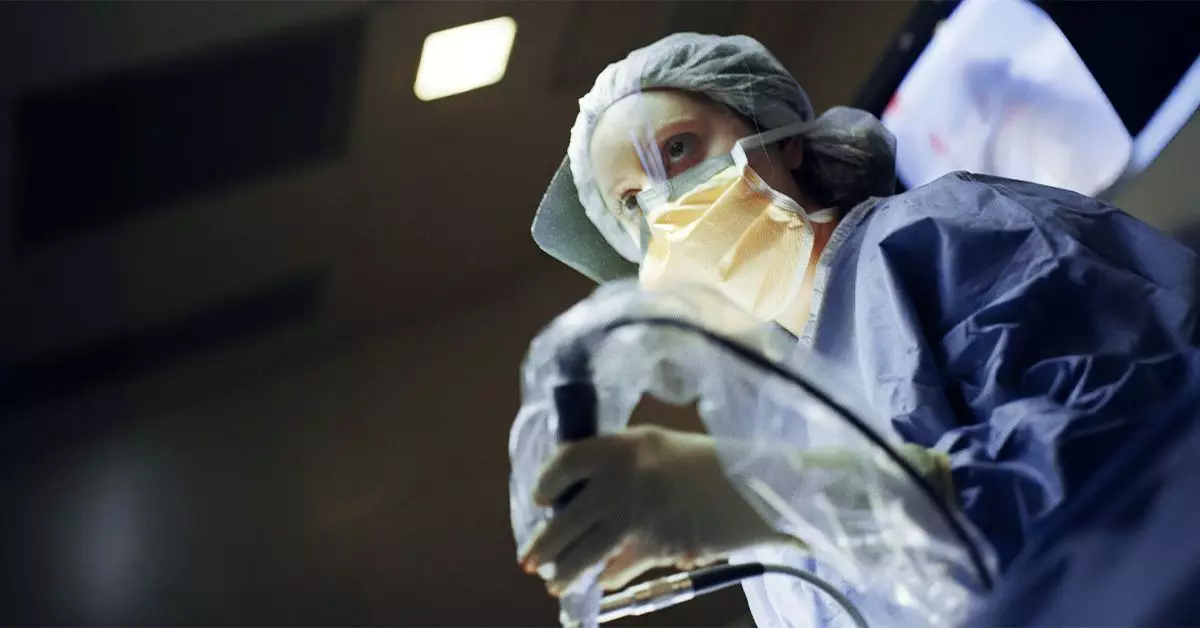Endoscopy plays a pivotal role in modern medicine, particularly in the diagnosis of gastrointestinal conditions, including stomach cancer. This minimally invasive procedure allows physicians to examine the interior of the stomach and other upper gastrointestinal (GI) structures using a specialized instrument called an endoscope. To put it simply, this thin tube equipped with a camera and light provides an opportunity for healthcare professionals to visualize abnormalities, perform biopsies, and ultimately offer a more accurate diagnosis.
While symptoms of stomach cancer can range from vague abdominal discomfort to more severe indications like hematemesis, many patients may not exhibit noticeable signs in the early stages. Consequently, when physicians suspect stomach cancer based on risk factors or presenting symptoms, an endoscopy may become crucial. This article examines the indications, procedure, advantages, and limitations of using endoscopy for stomach cancer detection.
Healthcare providers frequently recommend endoscopies for patients presenting specific symptoms or possessing certain risk factors. Individuals at elevated risk for stomach cancer typically include those with a familial history of the disease, older persons suffering from chronic gastric atrophy, or people with particular genetic conditions. Furthermore, living in specific geographic regions—such as parts of Eastern Europe or East Asia—carries higher incidence rates of stomach cancer.
Symptoms that may prompt a healthcare professional to suggest an endoscopy include persistent nausea, unexplained weight loss, and difficulties swallowing. These signs can often indicate underlying severe gastrointestinal conditions, making further investigation necessary.
An upper endoscopy is designed to be a safe, yet comprehensive assessment tool. Before the procedure, patients typically must adhere to strict dietary restrictions—commonly avoiding any solid food for at least six hours prior. It is not unusual for individuals to receive sedation during the process, ensuring that discomfort is minimized.
During the procedure, the endoscope is inserted through the mouth and navigated down the esophagus to the stomach and duodenum. The camera enables the healthcare provider to closely inspect the mucosal lining of these structures for any abnormalities. Should they observe suspicious lesions or other irregularities, they can take biopsy samples for lab analysis.
The recovery period following an endoscopy is relatively brief, with many patients able to return home the same day. It is essential for someone to accompany them due to the aftereffects of sedation.
Research underscores the significance of biopsies during endoscopic examinations to achieve a reliable diagnosis. With a single biopsy capable of detecting approximately 70% of stomach cancer cases, increasing the number of samples can enhance diagnostic accuracy dramatically. For instance, collecting seven biopsies can raise detection rates to roughly 98%. This statistical improvement highlights the importance of adequate sample collection in the diagnostic process.
Nonetheless, the efficacy of the endoscopic procedure can depend greatly on the physician’s skill and experience. A well-trained professional can recognize subtle signs indicative of stomach cancer that might elude a less experienced eye.
While an endoscopy offers many advantages, it is often used in conjunction with other diagnostic tools to ensure comprehensive evaluation. Some common adjunctive methods include imaging techniques such as CT scans or MRIs, which provide further insights into the abdominal organs. Moreover, biomarker testing can aid in identifying specific genetic markers associated with stomach cancer, offering additional layers of information that assist in final diagnosis and staging.
Staging is crucial for understanding the extent of cancer, and additional tests like endoscopic ultrasounds or a PET-CT scan can provide valuable insights into whether carcinoma has spread to adjacent tissues or organs.
Endoscopy undoubtedly serves as a cornerstone in the detection and diagnosis of stomach cancer. Its minimally invasive nature, combined with the capability to perform biopsies, positions it as an invaluable tool for healthcare providers. Even in cases where early symptoms may be absent, endoscopies can uncover critical insights that lead to timely intervention.
While discussing the procedure, healthcare professionals can contextualize the significance of their findings and provide guidance on subsequent steps, ensuring that patients remain informed and empowered throughout the diagnostic process. The importance of early detection cannot be overstated, and endoscopy remains an instrumental method in the fight against stomach cancer.

